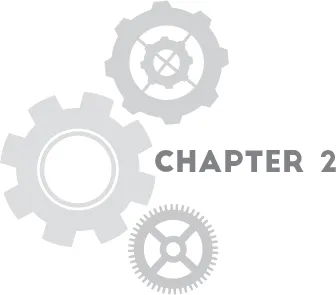
Mobile Learning Mindset
The Teacher's Guide to Implementation
Carl Hooker
- English
- ePUB (mobile friendly)
- Available on iOS & Android
Mobile Learning Mindset
The Teacher's Guide to Implementation
Carl Hooker
About This Book
Mobile Learning Mindset: The Teacher's Guide to Implementation offers insight and inspiration to teachers who are about to participate in a mobile device initiative or already have. The six-book Mobile Learning Mindset series shares practical knowledge and strategies for successful implementation of K-12 BYOD programs and 1: 1 initiatives. The collection provides district leaders, principals, teachers, IT staff, educational coaches and parents with the information they need to make any mobile learning program a success.The next generation of learners must be able to think critically about real-world problems and come up with creative solutions. While technology can help facilitate these goals, teachers must understand how to effectively integrate technology to drive deeper learning. That's where The Teacher's Guide to Implementation comes in.Through practical examples, the book addresses how to leverage mobile technology to:
- Center learning around the student.
- Provide efficient formative assessments.
- Facilitate parent communication and professional development.
This fourth book in the series is an in-depth look at how mobile devices affect the classroom and what teachers can do both right out of the box and further down the road to sustain a successful student-led learning environment. Audience: K-12 classroom teachers
Frequently asked questions
Information

CHANGING THE CENTER
Making the Shift
Are Colleges Preparing Us to Teach in the 21st Century?
Fear of Change
